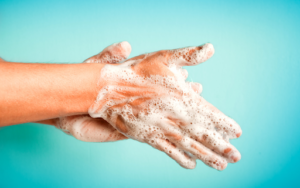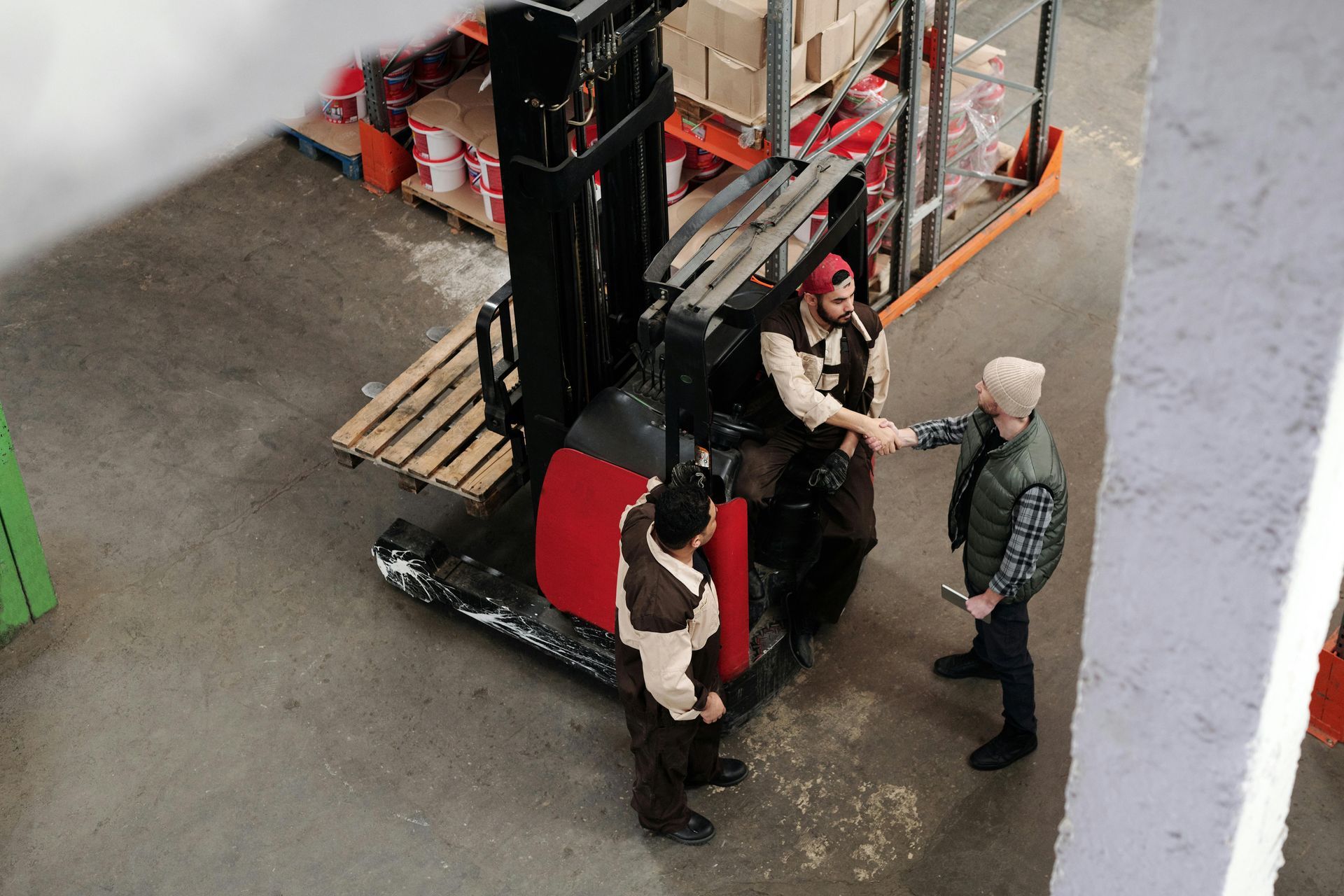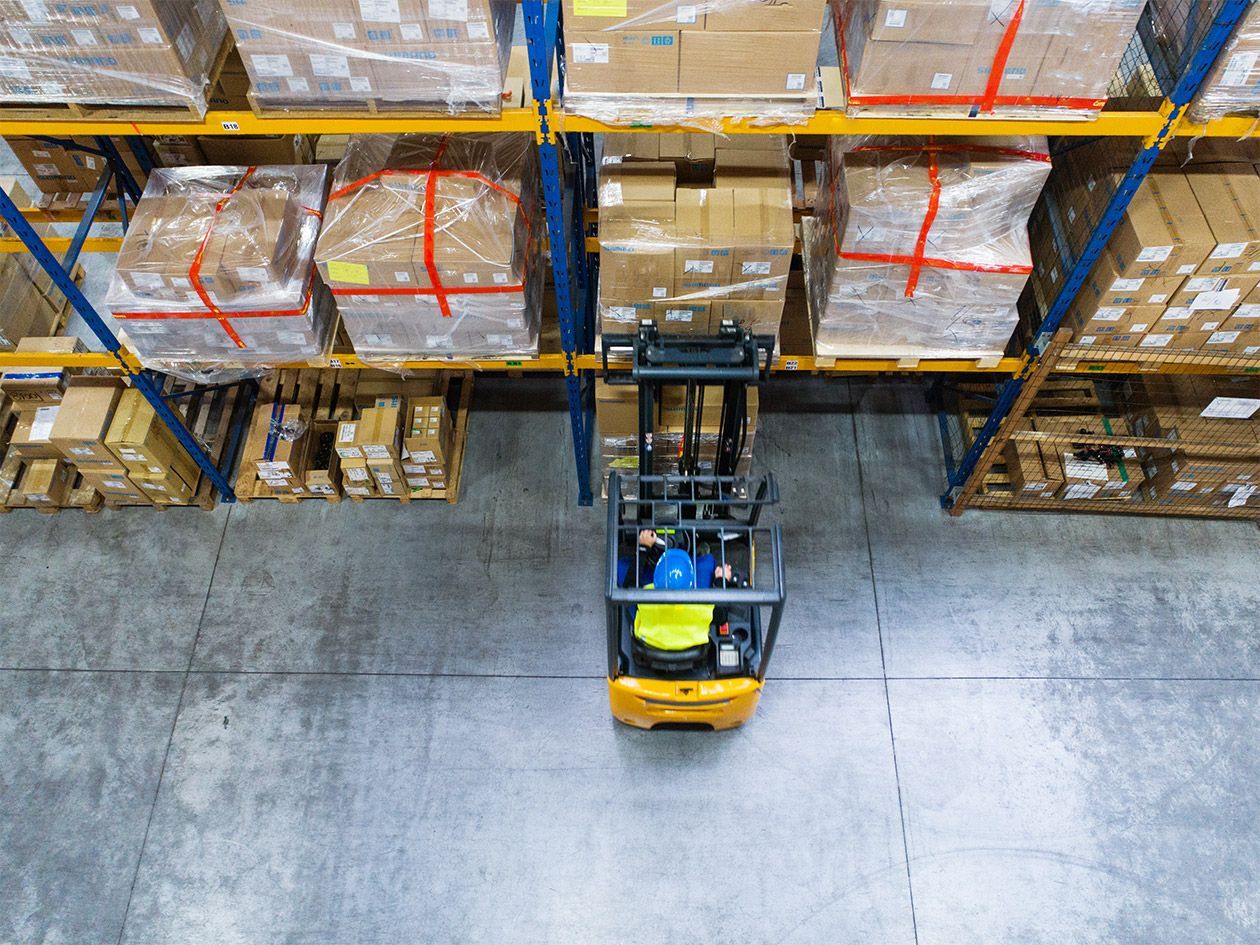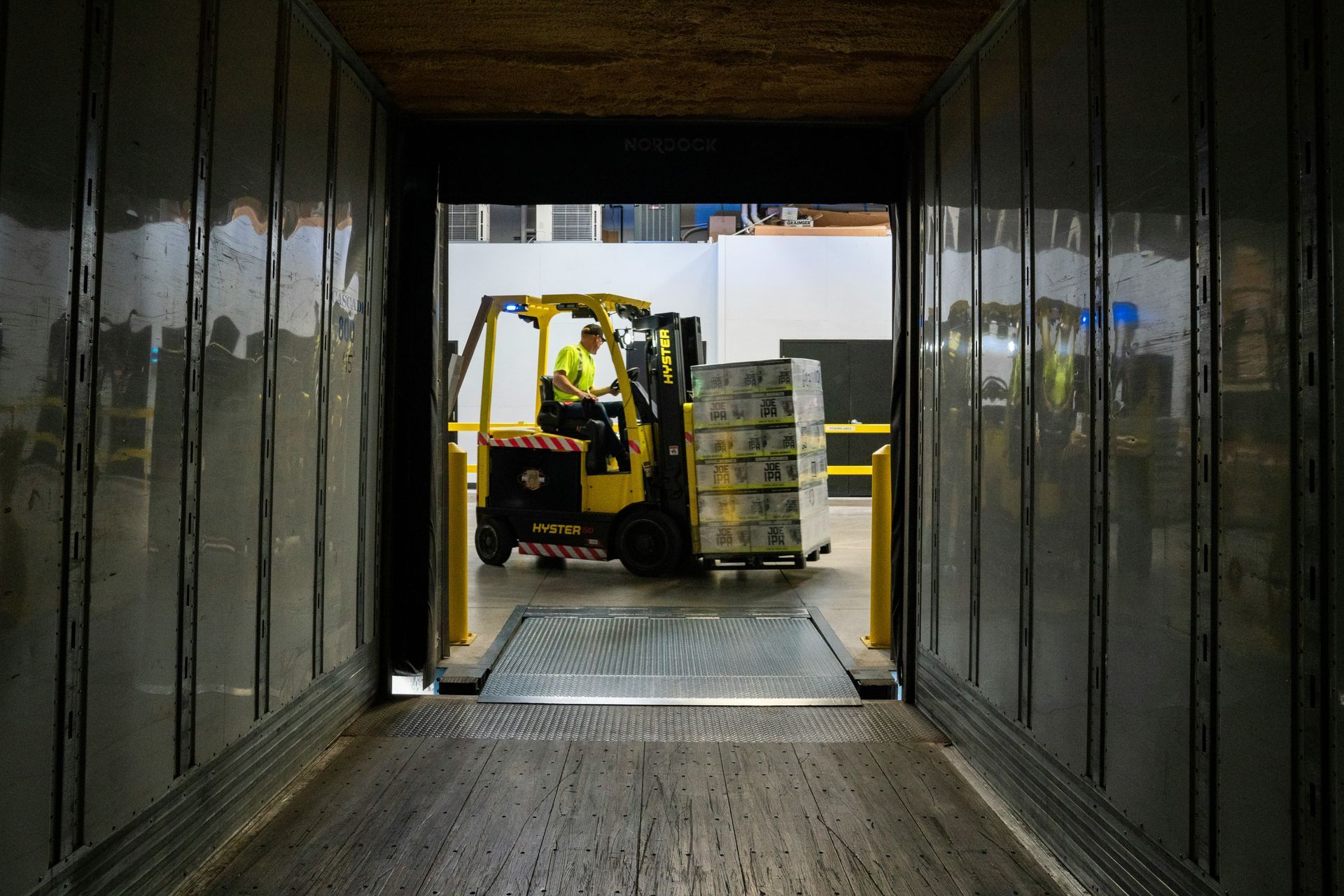How to Keep Your Warehouse Safe and Healthy
Slowing down warehouse productivity is a problem at any time, but that’s especially true as the world faces the coronavirus pandemic. It’s time to take a closer look at how to optimize processes in every corner of your facility to make it a workplace that prioritizes health and safety.
Receiving
While experts still aren’t fully certain if COVID-19 can spread through packaging, there is data that suggests it could remain on cardboard for up to a day, and plastic and stainless steel for 2-3 days. Although the CDC states that the virus isn’t most commonly transmitted by touching surfaces, they continue to say that frequent handwashing and physical distancing are necessary.
There are steps you can take to ensure that your business continues uninterrupted and that your workplace remains as safe as possible during this time. Implementing glove policies and helping provide employees with an ample supply of disposable gloves and hygiene products such as hand sanitizer and soap can go a long way in preventing the spread of the virus. Additionally, encourage distancing and the importance of not touching your face.
Equipment
Every piece of equipment used in the facility should be considered a potential point of transmission. Forklifts, jacks, handheld scanners, even clipboards — think about everything in your warehouse that’s being touched on a consistent, daily basis.
To mitigate this risk, make surface disinfecting a part of daily tasks. Acceptable solutions include household bleach, disinfecting solutions that contain at least 70% alcohol, and products like Lysol and Clorox.

Picking
A great deal of your labor is dedicated to the picking process, where staff members are likely close together for long shifts. While it’s not always easy to stay 6 feet apart on the job, remember that the virus is spread from person to person when an infected individual coughs or sneezes.
This is an area of your warehouse that needs plenty of hygiene products and even additional training to set expectations about physical distancing. Create a routine that includes frequent handwashing, sanitizing, and disinfecting of equipment before and after use.
Returns and Packing
Packing needs to carry the highest standard of cleanliness as containers are cleaned and prepared for packing. The rules of receiving apply here — disposable gloves, hand hygiene products, and building a culture of health and safety will create a layer of protection for your team.
Returns coming back into your facility have been touched by many hands along the way. Gloves and handwashing are necessary here, and you can even take the additional precaution of disinfecting items before sending them back to packing.
Scheduling
Minimizing exposure means reducing the number of team members inside at any one time. Think about splitting shifts so that fewer staff members are working at the same time. While this may mean that the shifts are more labor-intensive or output may decrease, it is a necessary way to maintain payroll and productivity while staying safe.
This is also a time to create and implement an ironclad sick leave policy. Encourage those who aren’t feeling well or caring for others who have the virus to stay home without worrying about their job.
Communication
It seems like the pandemic creates a new set of headlines (and challenges) every day. As warehouse policies and procedures shift to meet those challenges, your entire team needs to be kept in the loop. You also need to keep clients and vendors aware of any delays or disruptions your warehouse may be facing.
Additionally, should one of your employees test positive for coronavirus, transparency is necessary in order to avoid further impact from its spread in your facility. Whether you depend on e-mail newsletters, website updates, or even paper memos, make sure you’re communicating regularly and frequently with your team about conditions, best practices, and the importance of working together to keep everyone healthy and safe.

Clean, Clean, Clean
If you’re not already outsourcing the cleaning of your warehouse facility, you’ll want to start ASAP. Commercial cleaning teams are much more prepared for and protected against coronavirus and have the expertise to know the best solutions for cleaning your workplace.
In between visits from these commercial cleaning teams, make sure your staff has the necessary cleaning supplies and tools to keep everyone protected. Once again, don’t underestimate the importance of disinfection, social distancing, and improved hand hygiene.
If you are looking for a way to combat the coronavirus in your business or warehouse, look no further. Multi-Clean’s Viral Disinfection Kit is fully capable of inactivating COVID-19 and other viral pathogens from hard surfaces, allowing you to continue your work. Learn what each kit contains and how the products work on hard surfaces. Do you still have questions about the health and safety of your warehouse during this crisis? Reach out to our team of pros who are eagerly waiting to assist you during this time.
The post How to Keep Your Warehouse Safe and Healthy appeared first on Benco Industrial Equipment.




